|
If you travel through the gorgeous countryside of Occitanie with your eyes open, you will soon spot plenty of pigeonniers, or dovecotes. There are 6,000 of them, and they are just as much a part of the architectural heritage as the abbeys and the bastides, or the churches and the châteaux. But you don’t have to venture into the countryside to see them. You will find pigeonniers in the cities of Occitanie too, particularly in Toulouse. In the urban landscape, they can be even more striking. On Saturday, I visited eight of these historic buildings, starting and finishing at Les Arènes metro station. At 22km, this would be a long run or walk for many, but it could easily be split in two. Most of my route followed cycle lanes, cycle paths, the banks of Le Touch or passed through some of the city’s parks: this would be a pleasant bicycle ride in fine weather. Some of the pigeonniers are a little tricky to spot unless you know their exact location. The map and GPX file at the end of this post will help! The first pigeonnier belonged to the nearby Château de la Cepière, built in the 16th and 17th centuries. Note the multiple lines of defence against climbing rodents which posed a grave threat to the baby pigeons: the band of green glazed tiles, slippery to climb, and the two protruding bands of tiles (called randières) above and below the glazed tiles, difficult for a rodent to bypass. Parc du Mirail. Located in what was once the park of the 17th-century Château de Mirail, this pigeonnier was classified as a Monument Historique in 1994. Another pigeonnier belonging to a château, this time the 18th-century Château de Reynerie. In 2013, the pigeonnier was put back to work as a giant contraceptive. The principle is simple: the adults settle in and lay their eggs; once a week or so, someone goes inside the pigeonnier and shakes each egg to mix the white and the yolk; this action stops the embryos forming, but the pigeons carry on sitting on their now sterile eggs and the population can be managed. The park at Bellefontaine used to belong to a château of the same name, destroyed by the city authorities in 1960 to make way for a housing project. The 18th-century pigeonnier survives, despite its ancient arcades appearing to provide shelter for the odd barbecue. The pigeonnier of the Château de la Mounède has been incorporated into the site of an EDF office complex. The family that built it minted coins, and the name of their home comes from the Occitan for money: la moneda. The next pigeonnier is built in a style often referred to as pied de mulet, or mule’s foot (when viewed upside down, it resembles an equine hoof). This style was common in the 19th century. Located just south of the airport and close to the old village of Saint-Martin-de-Touch, it has been restored by the developers of this new residential quarter which, as can be deduced from all the cranes in the photo, is still under construction. Located in an overgrown corner of the Parc de la Flambère, seemingly used by rough sleepers, this is the saddest pigeonnier on my route, the only one falling into ruin, the only one scarred by graffiti. Built in 1670 and later converted into a windmill, it belonged to the Château de Purpan. Renovated by the mairie, this bijou pigeonnier in the Jardin Yves Bergougnan is now being used as a contraceptive. Most contraceptive pigeonniers are purpose-built wooden constructions on stilts, and you can see one which was installed in the Parc de la Faourette earlier this year.
0 Comments
Your comment will be posted after it is approved.
Leave a Reply. |
Colin Duncan Taylor"I have been living in the south of France for 20 years, and through my books and my blog, I endeavour to share my love for the history and gastronomy of Occitanie and the Pyrenees." |
||||||||

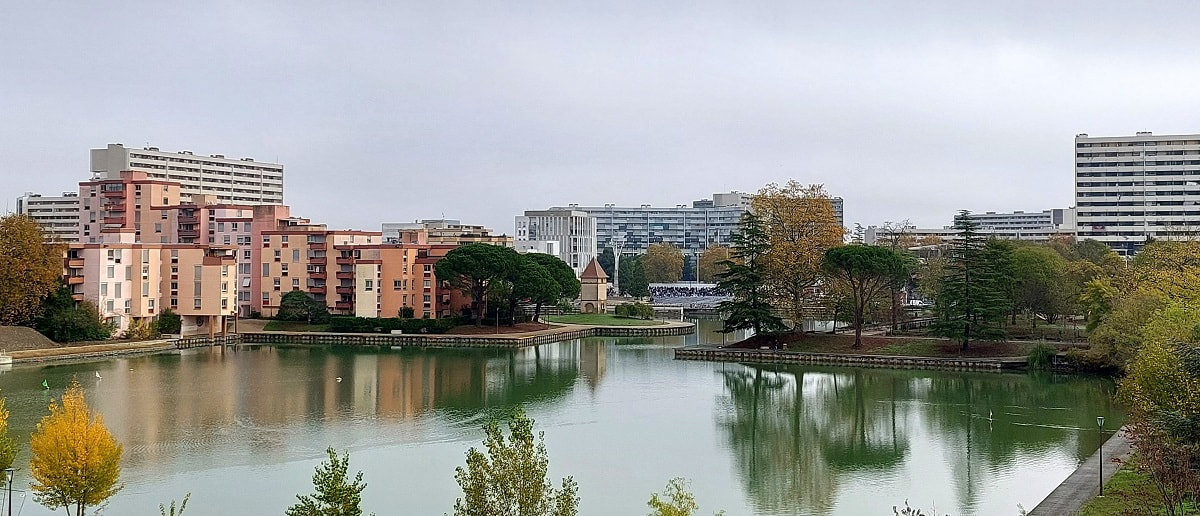
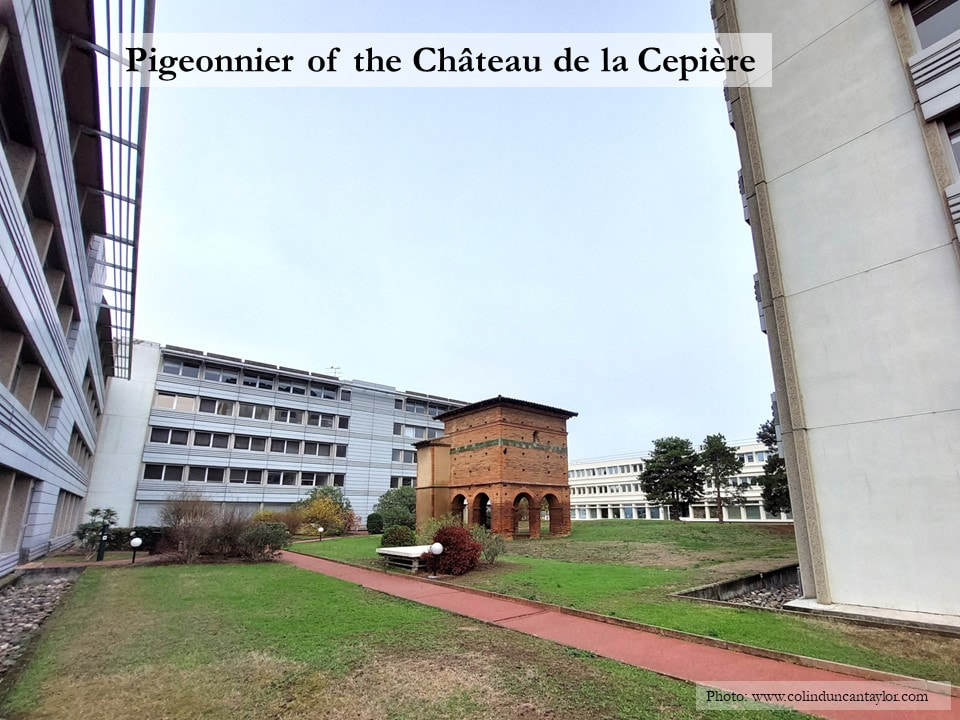
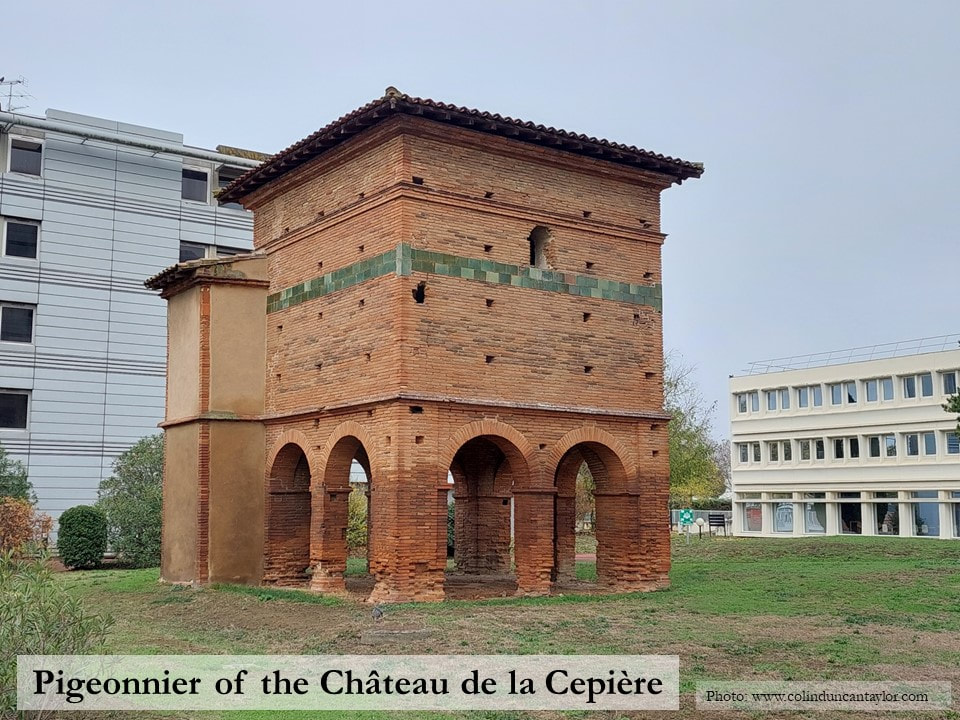
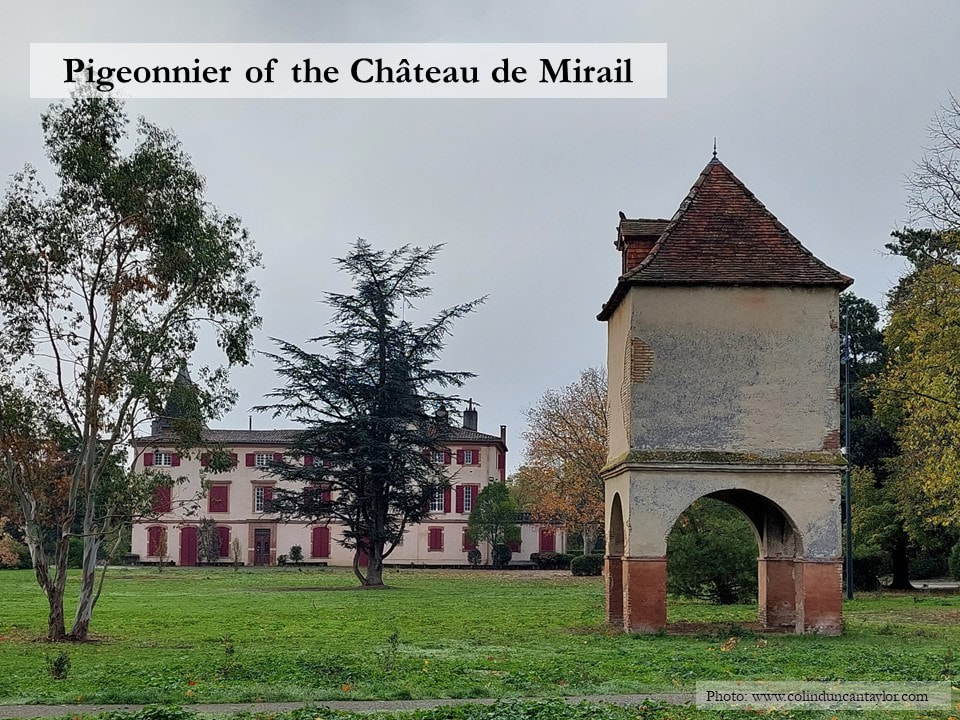
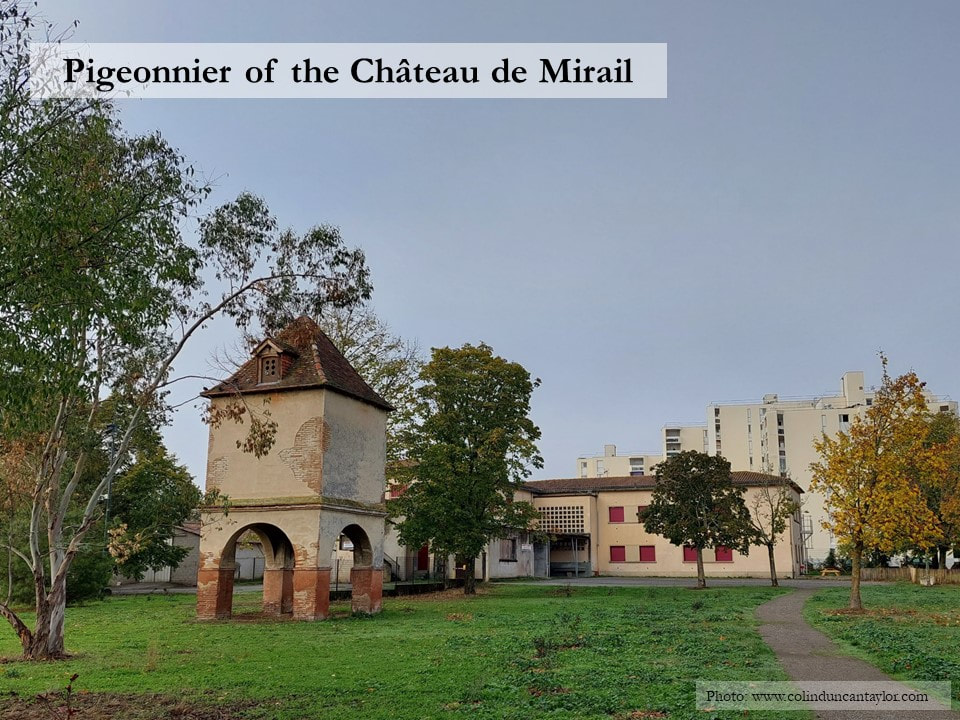
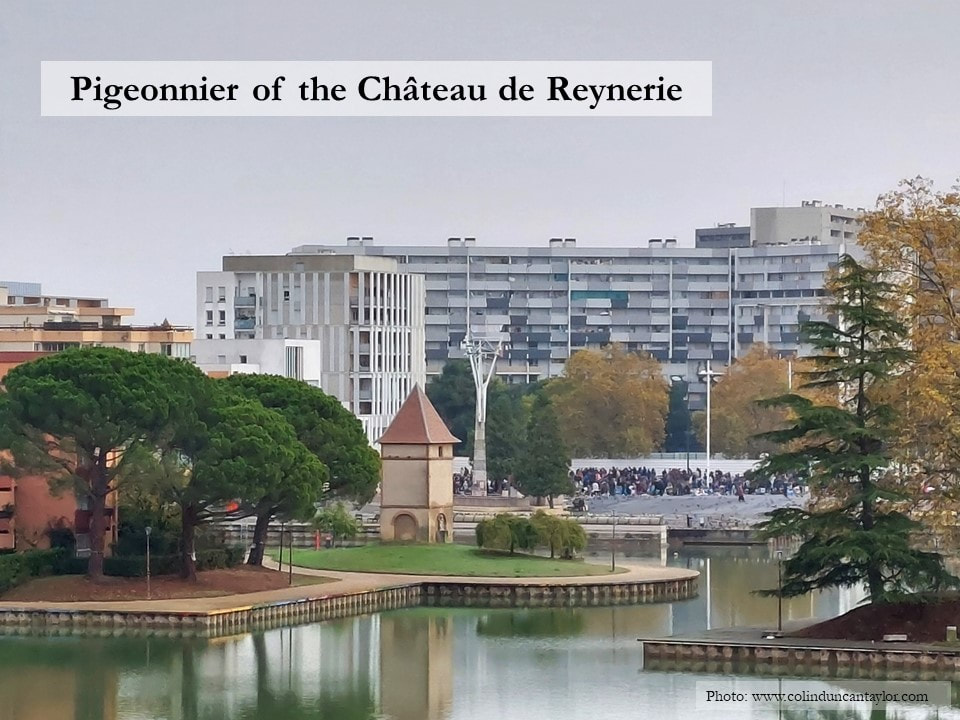
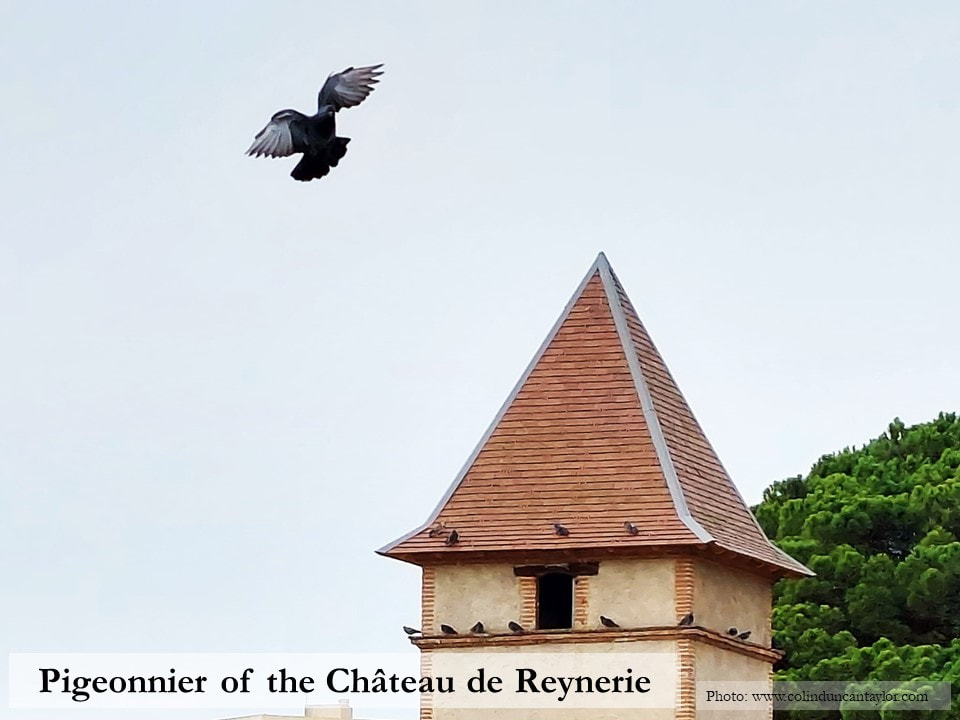
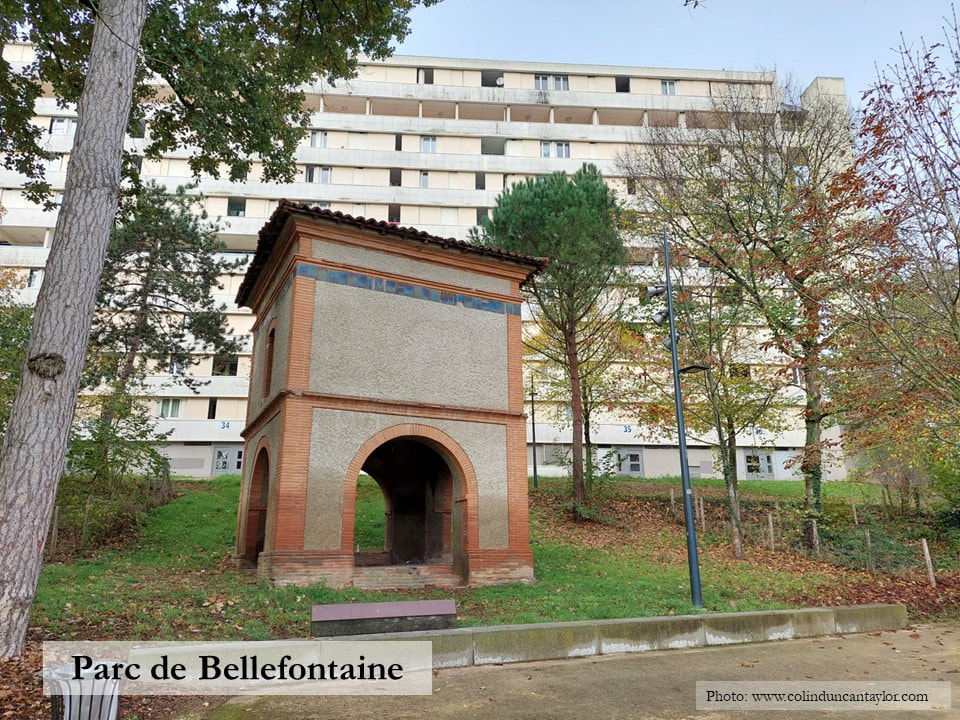
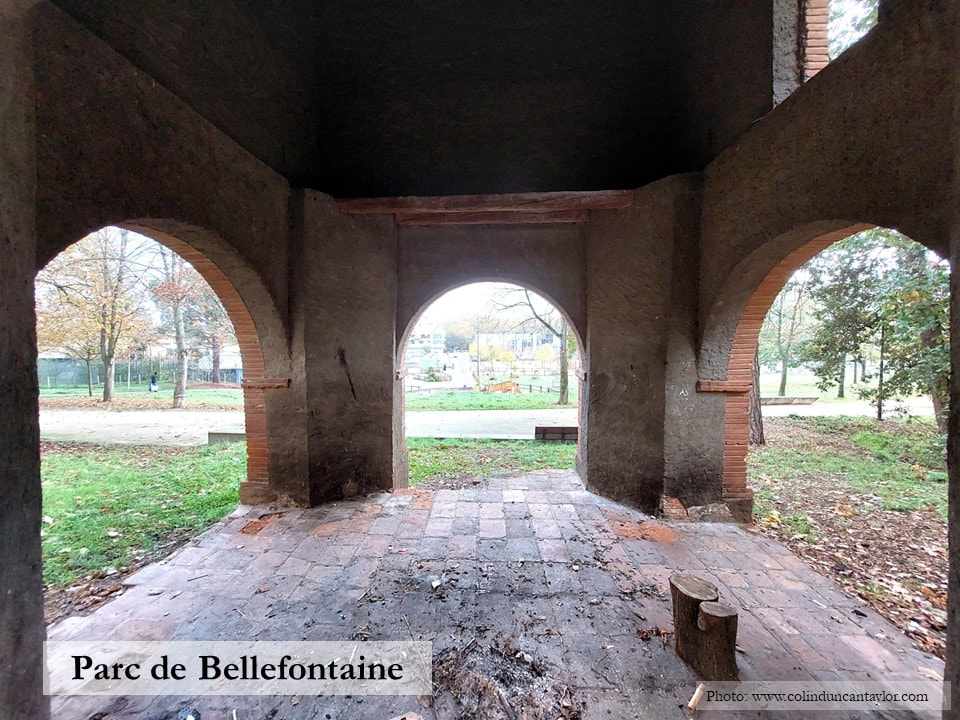
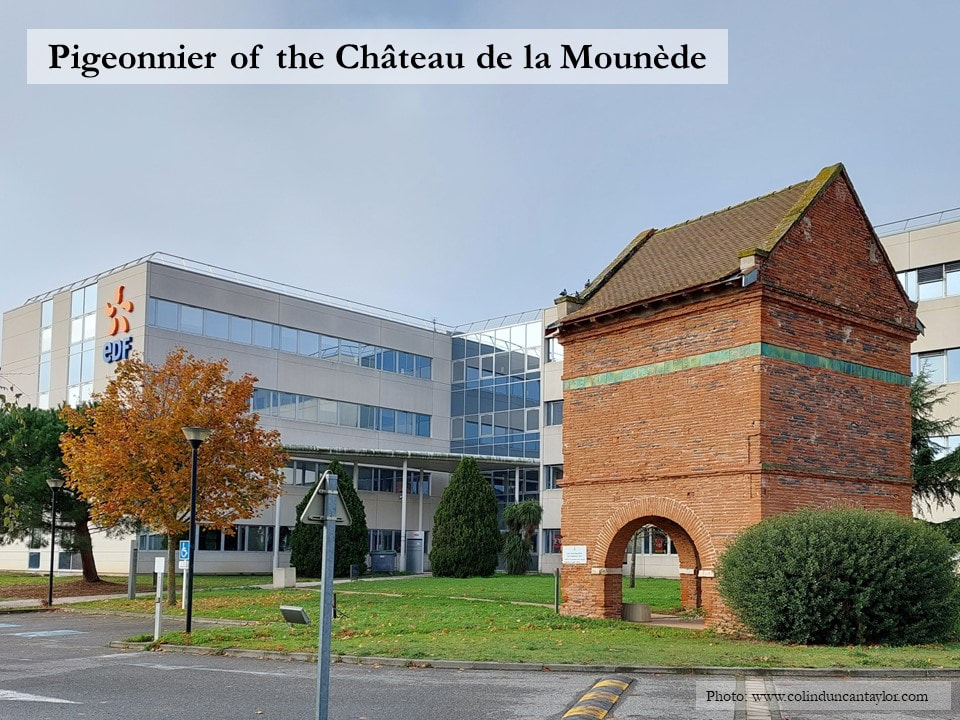
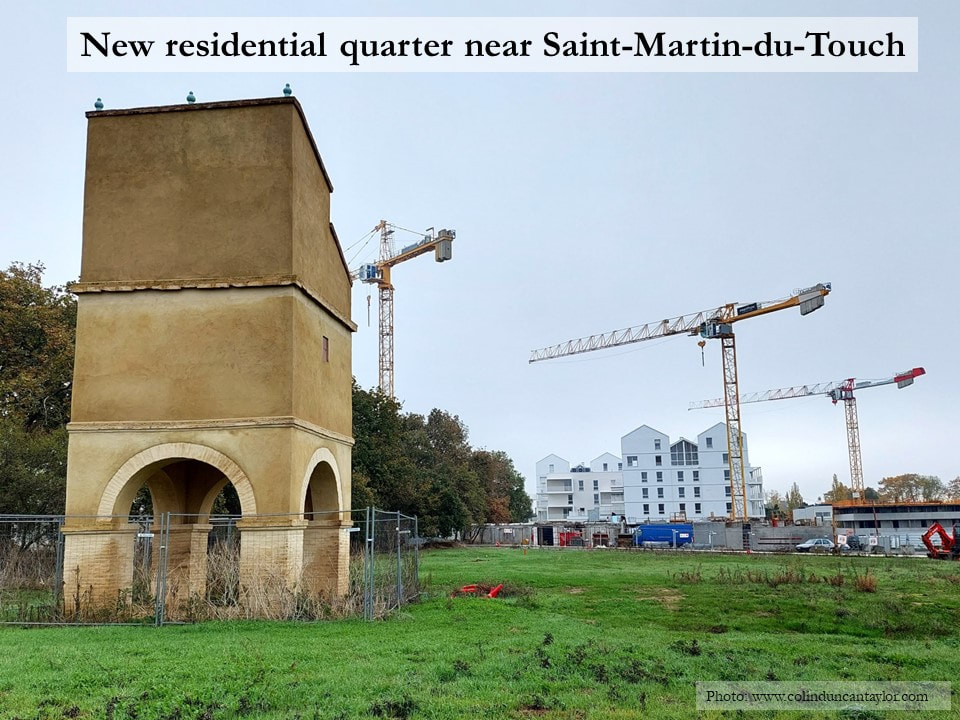
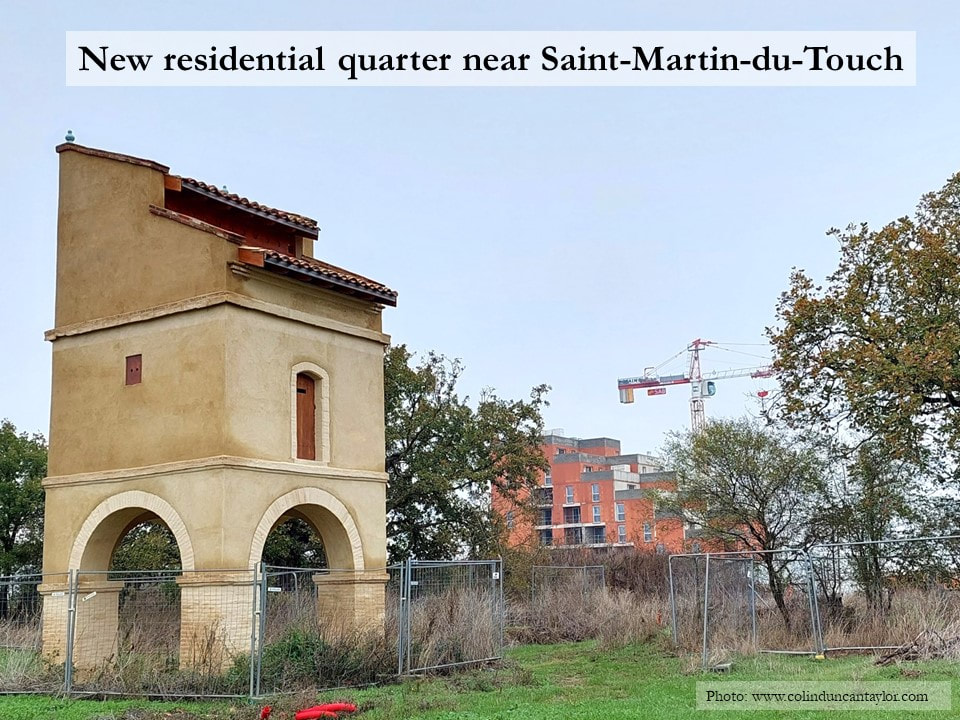
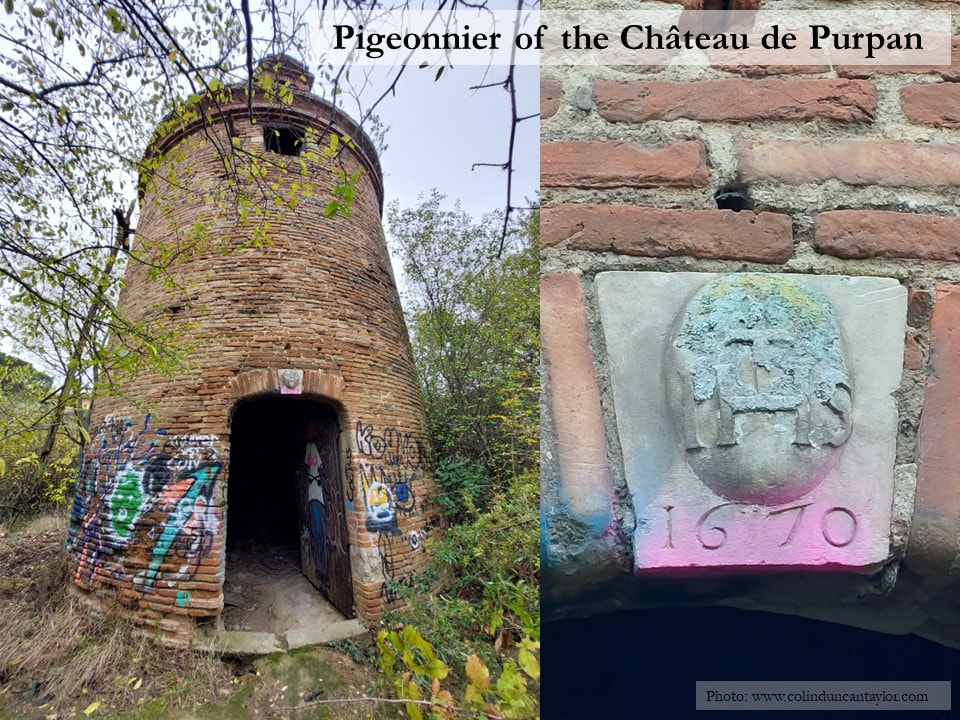
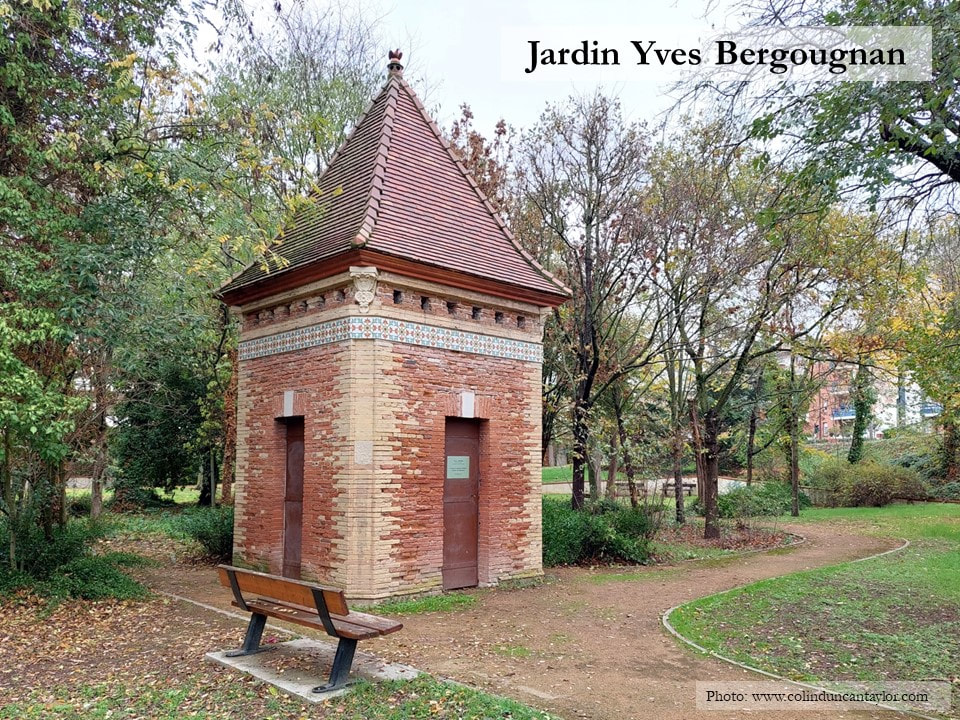
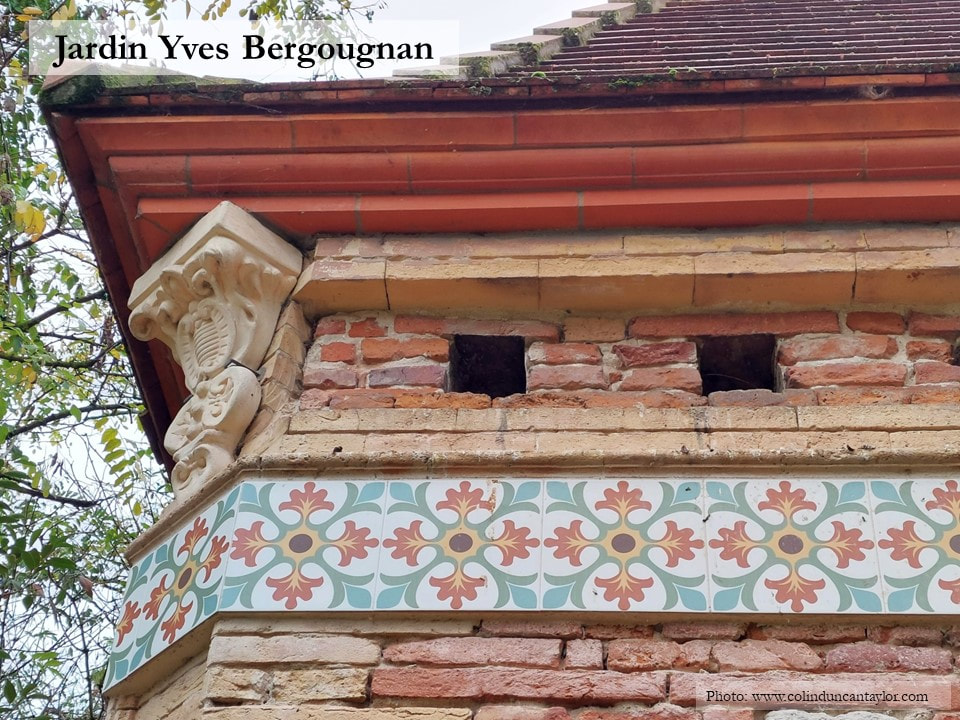
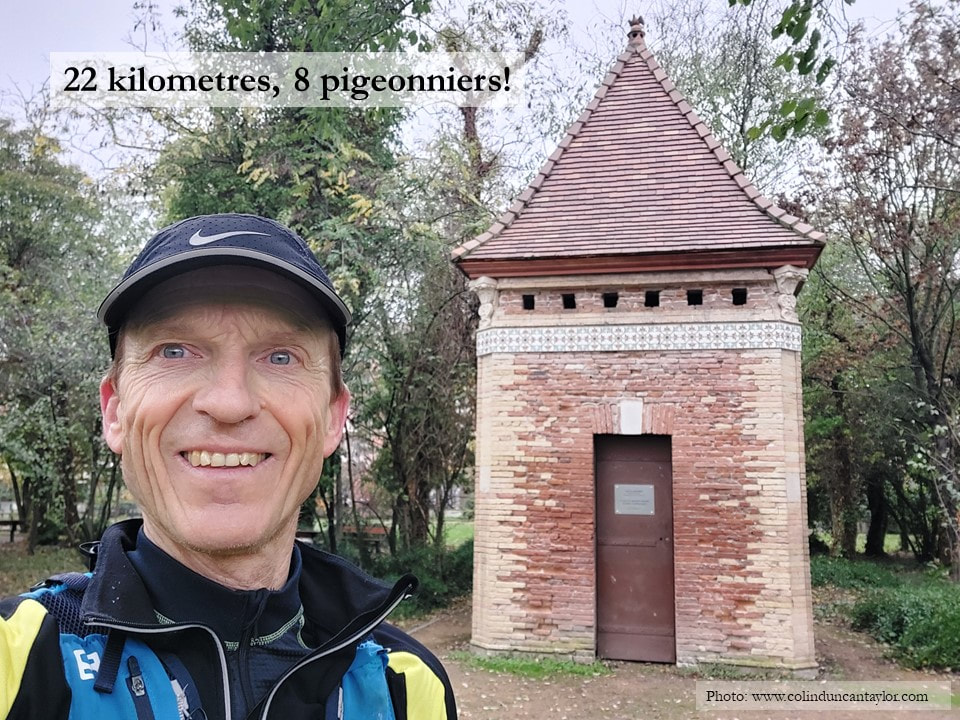
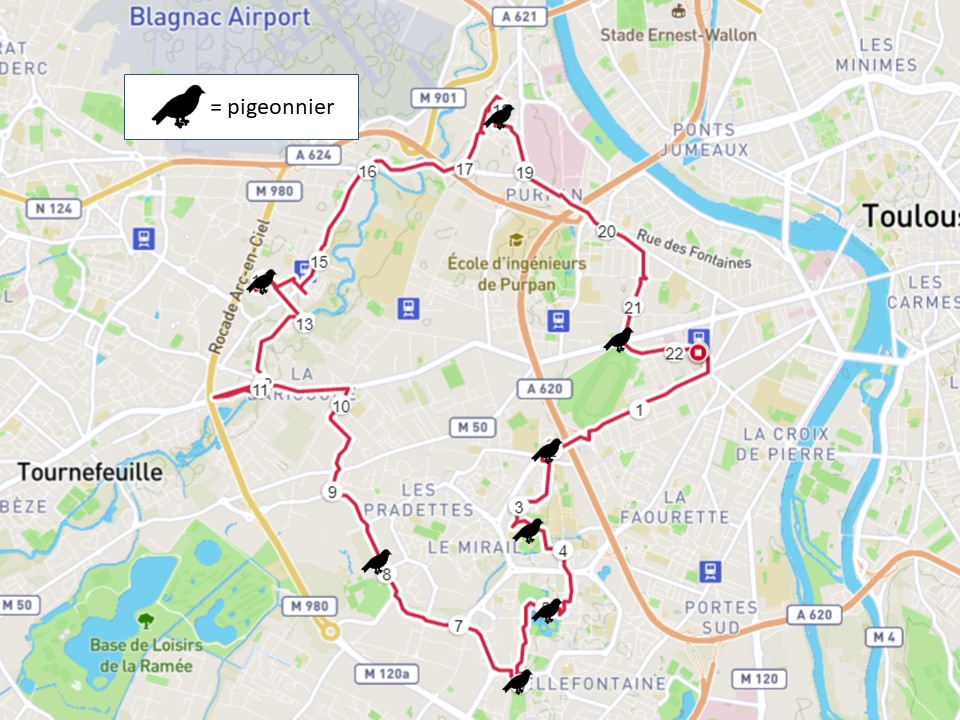
 RSS Feed
RSS Feed
